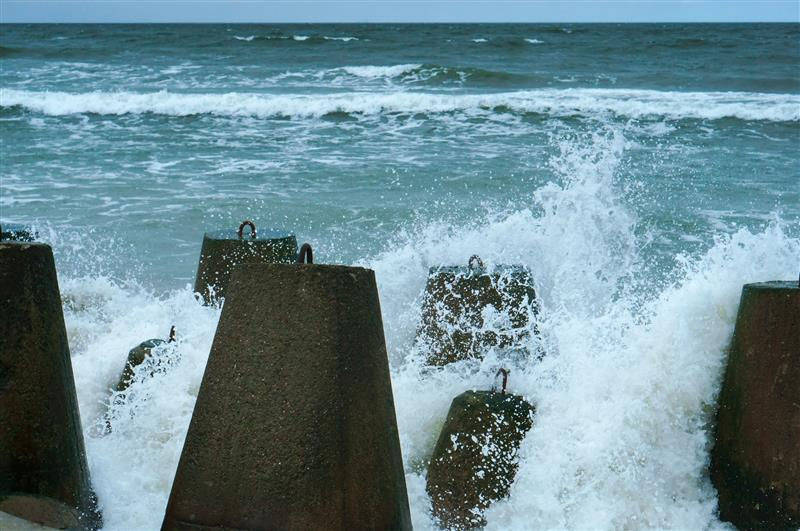Improving Flood Risk Assessments: Lessons from Two Years of EA Guidance
- chrisvernali
- Sep 9, 2025
- 3 min read
Updated: Oct 15, 2025
Simon Lewis, Senior Technical Advisor at the Environment Agency
Introduction
Standards and guidance for flood modelling aren’t just rules to follow. They help us understand what good looks like and set the bar so we can assess if what we have is good enough for the job in hand.
It has been almost two years since the Environment Agency published the “Using modelling for flood risk assessments” guidance, and I still think it’s a top effort from those in my team who brought it together. It's a useful piece of guidance to help all those involved in preparing models that support flood risk assessments understand what good should look like.
The Impact of The Guidance
So, two years on, what have the impacts of the guidance been? Sadly, my team are still seeing cases where the flood modelling guidance for Flood Risk Assessments (FRAs) and best practice are being ignored. In some cases, even freely available data is not being used. That feels like a significant waste of effort for all involved, and a substantial loss for the wider environmental and social benefits that come from good developments built on a quality understanding of flood risk.
But it is not all doom and gloom, and I fully understand it can take time to see changes. Gladly, I have been seeing signs of improvement in the quality of flood modelling and associated reporting coming through the planning system. Just in the last few weeks, I’ve seen a growing number of reports and flood models in our statutory planning role, where the level of quality has made it easier and quicker for my team to assess the models we are seeing.

Quality Data and Why It Matters
Having quality data/information better supports my team in asking, “Is this model good enough so we can have a view on the flood risk for this development?” This allows my team of expert flood modellers to quickly and confidently advise our Spatial Planning colleagues who are delivering the Environment Agencies official response to planning applications. With better data quality, we have much less back and forth, which helps developers move at pace. But I feel there is still room for improvement.
Currently, around 80% of Environment Agency flood risk objections are caused by missing or inadequate flood risk information in planning applications. Inadequate FRAs can delay Local Planning Authority decision-making and result in inefficient use of both Environment Agency and Lead Local Flood Authority resources. Missing files, reports, surveys, and other data for modelling are one of the biggest headaches for my team when reviewing flood models. It's so frustrating because there are effective tools and best practices out there to help package and share modelling data.
To help improve the rigour and consistency of FRAs, the Environment Agency has worked with flood risk practitioners to prepare a FRA template and accompanying guidance. By completing the Flood Risk Assessment template and following the guidance note, developers can increase the chances that their FRAs contain the right information the first time (available from the Planning Portal page - What to include in your flood risk assessment).
The Environment Agency has also released a new Main River Consultation Area layer to help Local Planning Authorities and applicants check if a proposal is within 20 metres of the bank top of a main river – a trigger for statutory consultation with the Environment Agency.
This is just another example of us trying to help everyone deliver developments underpinned by quality flood risk information first time, every time.
Simon Lewis
Simon is a Senior Technical Advisor in the Environment Agency with 20 years of experience in Flood and Coastal Risk management, mostly focused on non-real-time modelling.
Simon has a strong passion for enabling technology and innovation that enhances and improves how flood modelling is carried out within the Environment Agency and the wider flood modelling community.








